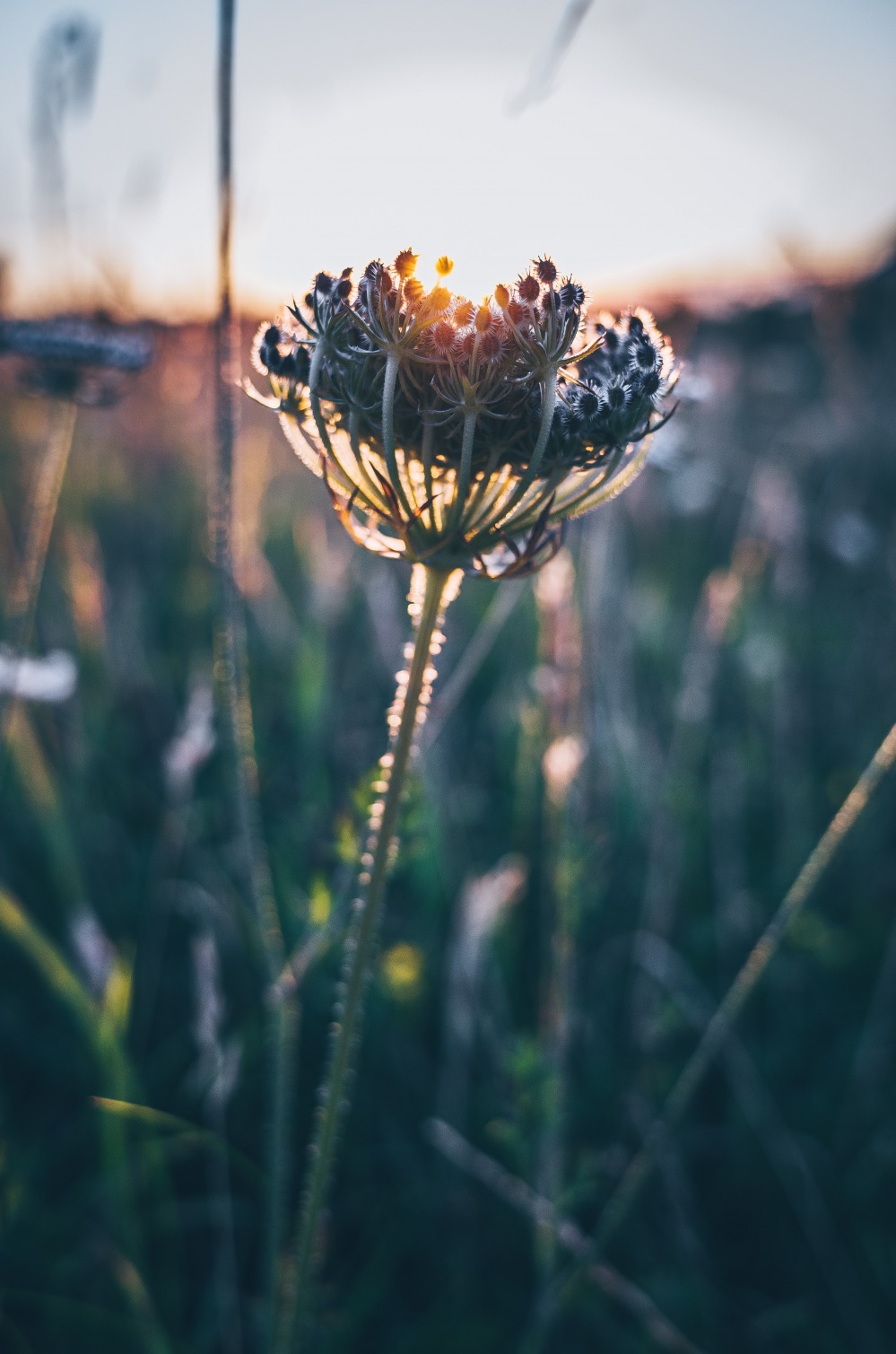Pruning, Planting and Potting Up to Do Now

September is a busy month in the garden

September is the time to be planning for spring, and planting up winter pots. It’s a time for ordering bulbs, sorting and tidying borders, replacing summer bedding with something more low maintenance, clearing out the greenhouse and preparing feeders for wildlife. Basically it’s all about getting down and dirty as autumn arrives.
Now is the time to move poorly-placed plants and divide overcrowded perennials while the soil is still warm. Cut back faded perennials to just above ground level, but there’s no need to be too tidy – some will have attractive seed heads that look lovely covered in autumn dew, and provide attractive silhouettes in an otherwise dormant border. They will also provide essential shelter for overwintering insects.
Dig up annuals and add them to the compost heap. If you want to, replant your beds with winter bedding plants for a colourful display next spring. Fill gaps in borders with structural evergreens to add interest in the bare winter months.
Once your borders are clean and tidy, spread a thick layer of compost, bark chips or well rotted manure, but don’t worry about digging it in – let the worms do the hard work for you. If you have any left-over grow bags or summer bedding in pots don’t throw them away, simply repurpose as mulch for your beds.
Give your hardworking greenhouse a makeover. A bit of scrubbing with some hot water will bring the glass up sparkling clean. Pay attention to any gutters where trapped leaves will prevent rain water escaping from the roof and replace any broken or damaged glass and repair or paint woodwork.
As well as cleaning the outside of the greenhouse, tackle the inside to help reduce overwintering pests and diseases. Remove the plants before sweeping out any plant debris. Disinfect the shelves and the inside of the glass too and ventilate well over the next couple of days so everything dries out thoroughly.
Grass in need of some attention? The long hot summer will have left many gardens more than a little parched and now is the perfect time to perk up your lawn. Remove thatch and moss using a tined rake. Where soil has become compacted, improve drainage and aeration by making deep holes with the prongs of a garden fork every 10cm across the entire area. A sandy top dressing can then be brushed in, followed by an application of autumn lawn feed which will prepare your lawn for winter. Autumn is a great time to lay new turf too, giving it plenty of time to establish before next summer.
Autumn is an ideal time to clear out last year’s compost and use it around the garden to make room in compost bins for this season’s garden waste. If your compost isn’t quite ready then turn it to improve decomposition, and create a new heap – you can never have too much compost!

Make your own leaf mould from leaves collected from the garden. Leaf mould adds structure and organic matter to your soil and most leaves from deciduous trees and shrubs will rot down to make lovely leaf compost in a couple of years, although some leaves will take longer than others. Oak, alder, beech and hornbeam rot fairly quickly while sycamore, walnut, horse chestnut and sweet chestnut may take a little longer. Shredding the leaves first will help to speed things up. Evergreens are best shredded and added to the compost heap as they are very slow to decompose. If you don’t have a leaf mould cage or bin then you can make your own from black bin bags. Puncture to ensure the air can circulate, shake and sprinkle with moisture regularly to make sure the leaves don’t dry out. It may take two years but you’ll have some rich and valuable leaf mould to use as mulch at the end.
Plant spring flowering bulbs in borders and containers. Narcissus, alliums and other bulbs can be planted now. Tulip bulbs should be planted in November once the soil temperature has cooled down, but remember to water container plants to ensure that they do not dry out. Finally, plant soft fruit whilst the ground is still warm to establish a good root system for a strong, healthy crop next year.
Where the Wild Things Are
Take care of the wildlife over winter by tackling garden jobs early
Take down and empty bird boxes which may contain fleas and other parasites in old nesting material and debris. Using only boiling water, mild detergent and a scrubbing brush, clean thoroughly, rinse and allow to dry naturally before repositioning.
Clean out feeders and bird baths, and remember to refill them regularly.
Bundle together stems cut from herbaceous perennials and leave them in a sheltered spot, and you’ll find anything from ladybirds to small mammals will readily take shelter here.
Whilst you want to rid the garden of unsightly rotting leaves over autumn, try and leave a few unobtrusive leaf piles which are great potential animal shelters.
If you have a bonfire, dismantle it and rebuild before burning – they are popular hibernating sites for hedgehogs.
Seedheads from perennials provide food so delay cutting these back if you can, or leave part of a border intact for as long as you can.
Unless necessary, don’t cut back ivy as it gives valuable shelter to many insects and is a useful late source of nectar.







